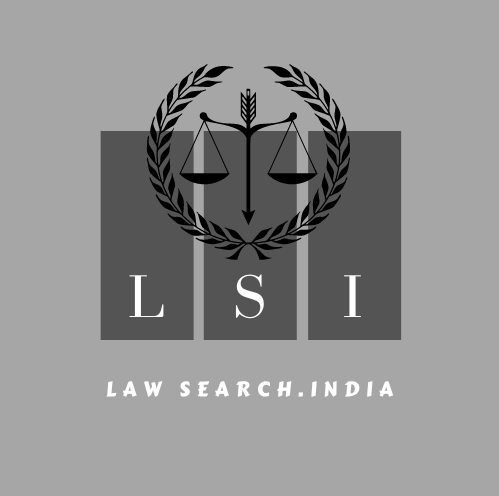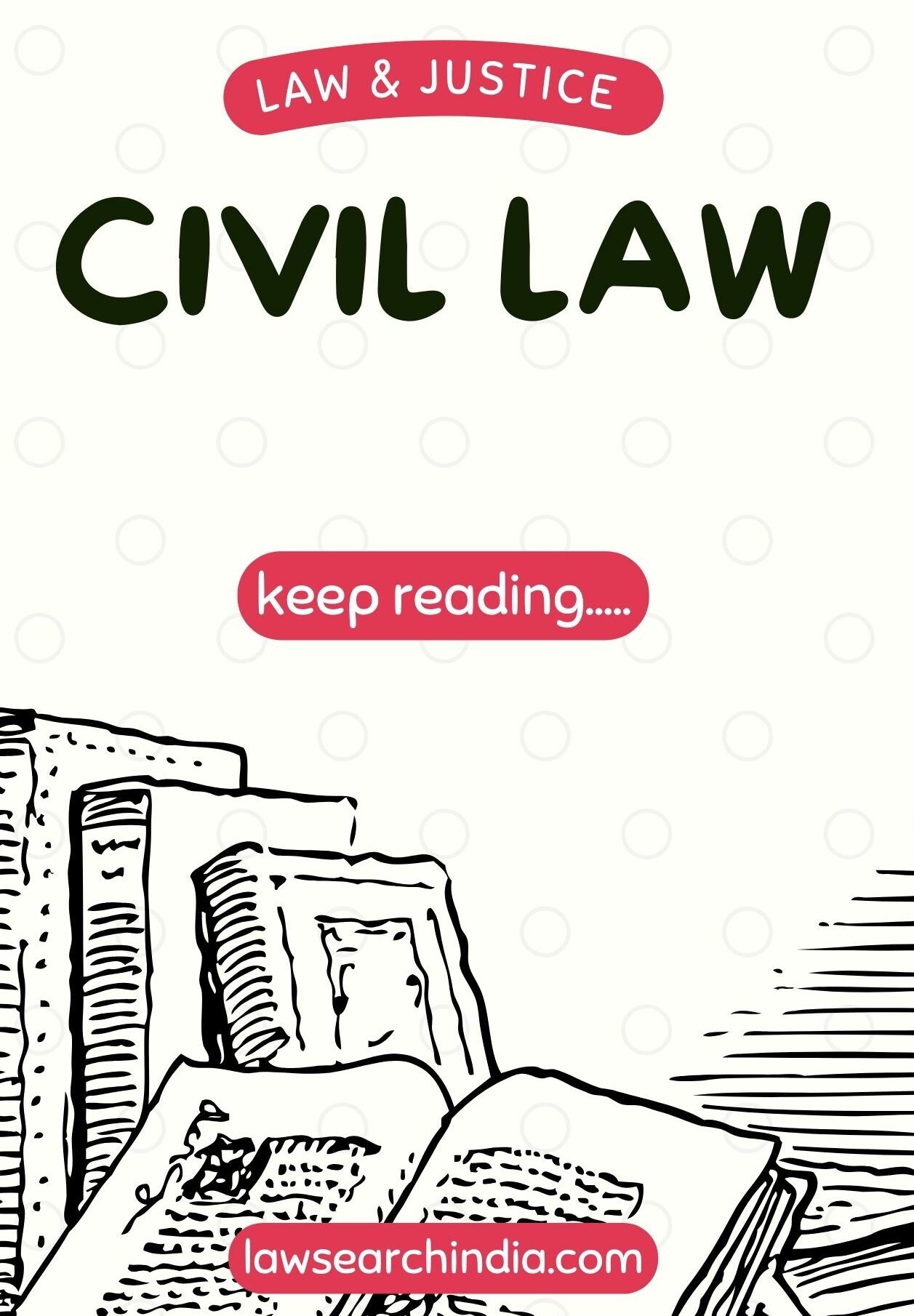(Limitation is mix question of fact and law)

CASE DETAILS
| Bench Ajay Rastogi J. C. T. RAVI KUMAR J. | Case no. (2022) SCC online 1322 | Acts/law Order 14 rule 2 (2)(b) Order 7 rule 11 CPC |
INTRODUCTION:
SUKHBIRI DEVI AND OTHERS v/s UNION OF INDIA AND OTHERS is a significant judgment that emphasizes the power of the court to exercise jurisdiction under order 14 rule 2(2) of CPC thereby considering the question of limitation is a mixed question of fact and law, and also deciding the question of limitation as a preliminary issue for dismissal of suit at limine or at threshold.
FACTS:
In the said case a suit was filed wherein asserting that predecessor-in-interest of appellant/plaintiff herein were the Bhumidhar of the agricultural land which was acquired by the government. As per the policy a Bhumidhar is entitled to allotment of alternative residential plot in lieu of acquisition. Appellant and respondents are heirs of predecessor therefore they are entitled to such alternative plot on his death.
The government authorities had allotted the said alternative plot in Dhan Singh upon his production of relinquishment deed on behalf of rest of legal heirs. Plaintiff raised the objection before respondent no. 1 to 4 who are government authorities. It was contended that relinquishment deed was obtained fraudulently and thereafter a suit was instituted for declaration that petitioners are co-sharer in the allotted suit plot.
TRIAL COURT:
The trial court framed a preliminary issue on question of limitation and opined that case can be disposed of on the question of law and rest of the issue warrant postponement of settlement until the question of law is decided. Therefore, the suit was dismissed by the trial court on the ground of limitation.
FIRST APPEAL
The aforesaid decree of the trial court was assailed in first appeal and the court was pleased to upheld the decree of trial court thereby dismissed the appeal.
SECOND APPEAL
In second appeal was filed before the High Court, said appeal was also dismissed and court gave concurrent finding that suit is barred by limitation.
SPECIAL LEAVE PETITION: (Limitation is mix question of fact and law)
Special leave to appeal against the judgment of High Court was granted by the Supreme Court. At the outset apex court looked into the issue concerning challenge against the concurrent finding of three courts. The scope of the apex court under Article 136 of Constitution of India against the concurrent finding of the lower courts was settled in State of Rajasthan vs. Shiv Dayal (2019) 8 SCC 637: In the said case court opined as under:
“When any concurrent finding of fact is assailed in second appeal, the appellant is entitled to point out that it is bad in law because it was recorded de hors the pleadings or it was based on no evidence or it was based on misreading of material documentary evidence or it was recorded against any provision of law and lastly, the decision is one which no Judge acting judicially could reasonably have reached.
In paragraph no. 4 of the present case court evaluated that court should exercise power sparingly under Article 136 of constitution when concurrent finding of lower courts is under challenge.
SUBSTANTIAL QUESTION OF LAW
Paragraph no. 9 court framed following question of law for consideration:
- Whether the issue of limitation can be determined as a preliminary issue under Order XIV, Rule 2(2) of the Code of Civil Procedure (for short ‘CPC’)?
- Whether a larger period of limitation of 12 years would be available to the plaintiffs to bring in a suit by virtue of application of Article 136 of the Limitation Act, 1968 (for short ‘The Act’), as contended by the appellant and in the facts and circumstances obtained in this case?
- Whether Article 17 or Article 65 of the Act got any application, as contended by the appellants, in view of the plaint averments, in case Article 136 of the Act is found inapplicable?
CONTENTION OF APPELLANT:
- Limitation is mixed question of fact and law, further the course adopted by the Trial court, first appellate court and concurred by the High court under order 14 rule 2 (2) is not permissible under the law.
- Limitation issue ought to have been considered preliminary under order 7 rule 11 and there plaint could be rejected and not under order 14 rule 2(2).
CONTENTIONS OF RESPONDENT
- That the plaintiff instituted a suit for declaration and the same averts the statement concerning the limitation;
- Relinquishment deed is known to the plaintiffs since 1985 and no remedy was availed to set-aside the said deed;
- Repeated representation to respondent no. 1 to 4 that is government will not extend the limitation period.
C Natarajan vs. Ashim Bai (2007) 14 SCC 183 and Popat & property vs. Bank of India Staff Assn. In the said cases plaint is being rejected under order 7 rule 11 (d) as barred by the law. Court observed that order 7 rule 11 (d) will be attracted when averments made in plaint taken on the face value and it appears to be barred by law.
For the said issue court relied on paragraph no. 51 & 52 of Nusli Neville wadia vs. Ivory Properties (2020) 6 SCC 557: order 14 rule 2(2) CPC:
“51.[…] As per Order 14 Rule 1, issues arise when a material proposition of fact or law is affirmed by the one party and denied by the other. The issues are framed on the material proposition, denied by another party. There are issues of facts and issues of law. In case specific facts are admitted, and is the question of law arises which is dependent upon the outcome of admitted facts, it is open to the court to pronounce the judgment based on admitted facts and the preliminary question of law under the provisions of Order 14 Rule 2. In Order 14 Rule 2(1), the court may decide the case on a preliminary issue. It has to pronounce the judgment on all issues. Order 14 Rule 2(2) makes a departure and the court may decide the question of law as to jurisdiction of the court or a bar created to the suit by any law for the time being in force, such as under the Limitation Act.
52. […] In a case, question of limitation can be decided based on admitted facts, it can be decided as a preliminary issue under Order 14 Rule 2(2)(b). Once facts are disputed about limitation, the determination of the question of limitation also cannot be made under Order 14 Rule 2(2) as a preliminary issue or any other such issue of law which requires examination of the disputed facts. In case of dispute as to facts, is necessary to be determined to give a finding on a question of law. Such question cannot be decided as a preliminary issue. In a case, the question of jurisdiction also depends upon the proof of facts which are disputed and the question of law is dependent upon the outcome of the investigation of the facts, such question of law cannot be decided as a preliminary issue, is settled proposition of law either before the amendment of CPC and post amendment in the year 1976.”
(Emphasis supplied)
National insurance co. ltd. vs. Rattani (2009) 2 SCC 75:
Court held that admission made in the pleadings is admissible as evidence- proprio vigore.
The apex court in the case in hand had comprehended that for the expression “admitted facts” and “admission” it is necessary to refer to section 17, 18 & 58 of Indian Evidence Act. Therefore, it could be construed that statements made by the parties are admitted facts and facts admitted need not to be proved.
In paragraph no. 19 court decided the first issue as under: (limitation is mixed question of fact and law)
19. We referred to the said provisions and decisions only to stress upon the point that the appellants cannot legally have any dispute or grievance in taking their statements in the plaint capable of determining the starting point of limitation for the purpose of application of Order XIV, Rule 2(2)(b) of the CPC. Though, limitation is a mixed question of law and facts it will shed the said character and would get confined to one of question of law when the foundational fact(s), determining the starting point of limitation is vividly and specifically made in the plaint averments. In such a circumstance, if the Court concerned is of the opinion that limitation could be framed as a preliminary point and it warrants postponement of settlement of other issues till determination of that issue, it may frame the same as a preliminary issue and may deal with the suit only in accordance with the decision on that issue. It cannot be said that such an approach is impermissible in law and in fact, it is perfectly permissible under Order XIV, Rule 2(2)(b), CPC and legal in such circumstances. In short, in view of the decisions and the provisions, referred above, it is clear that the issue limitation can be framed and determined as a preliminary issue under Order XIV, Rule 2(2)(b), CPC in a case where it can be decided on admitted facts.
(Emphasis Supplied)
Court observed in the end of paragraph no. 23 of the case in hand the trial court tried the issue of limitation as a preliminary issue based on the averments made in the plaint. The dates mentioned in the plaint were taken into account for determining “whether suit is barred by the limitation”. Supreme court upheld the finding of the trail court.
Before the first appellate court the appellant relied on Narinder kaur vs. Amar Jeet Singh Sethi: (2000) Delhi High court: stating thereby a relinquish deed do not relinquish the share of executant but would have only effect of transferring the share.
Appellate court opined that appellant nowhere claimed to set-aside the said relinquishment deed though it was averted that said deed is fraudulent however same was never assailed to be set-aside. In the end of para 24 of the case in hand court observed as under:
“….he conclusion and finding of the First Appellate Court, as aforesaid, cannot be said to be perverse or illegal as there can be no doubt with respect to the position that consideration of validity of a relinquishment deed and consideration of the period of limitation with reference to the same are different and distinct.”
Court upheld the concurrent finding of all the lower courts and even of the High court and found no perversity in the concurrent finding with regard to the “question of limitation”. Furthermore court evaluated that in the view of finding concerning order 14 rule 2 (2) there is no reason to look into the contention made by the appellant under order 7 rule 11.
